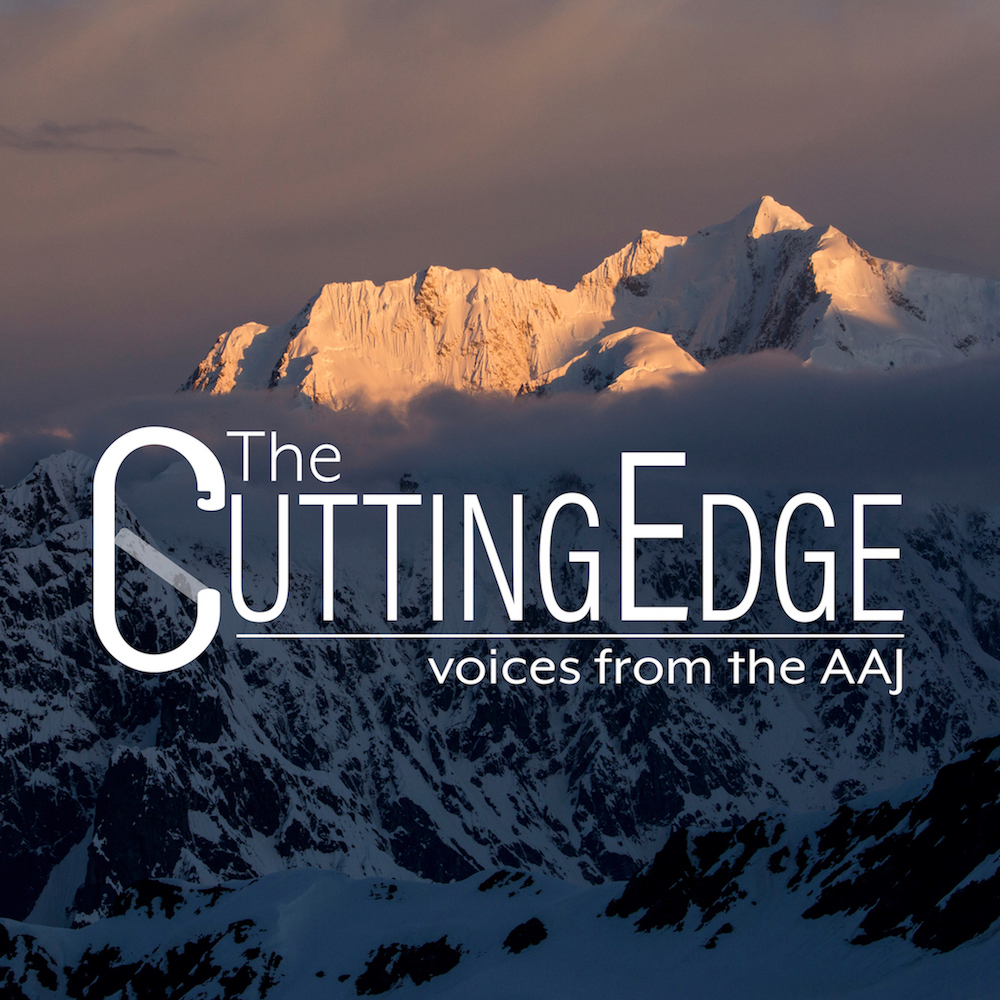Wolverine Cirque, New Routes
Wyoming, Wind River Range, St. Lawrence Basin
 On August 7, Taylor Harmon and I left the St. Lawrence Basin ranger station on the east side of the Winds with the intention of establishing a few new routes in the Wolverine Cirque. This area was first visited in August 1988 by Fred Beckey and James Garrett (see AAJ 1990). Since then the area has seen little attention, with only a handful of climbers known to have entered the cirque in the last five years, most prominently Heath Rowland and company in 2018 and 2019.
On August 7, Taylor Harmon and I left the St. Lawrence Basin ranger station on the east side of the Winds with the intention of establishing a few new routes in the Wolverine Cirque. This area was first visited in August 1988 by Fred Beckey and James Garrett (see AAJ 1990). Since then the area has seen little attention, with only a handful of climbers known to have entered the cirque in the last five years, most prominently Heath Rowland and company in 2018 and 2019.
We shouldered heavy packs loaded with a double rack, a 9mm and 6mm rope, my beloved Dammer hammer, and a handful of pins. We left the bolt kit behind.
The next day we ascended an unclimbed formation at the northwest end of the cirque that we later dubbed the Good Buddy Buttress—after a phrase Taylor and I had heard on repeat at the Pinedale, Wyoming, skatepark, where we almost abandoned our names completely in exchange for the term of endearment.
Our climb on the Good Buddy Buttress started with 400’ of exposed fifth-class scrambling. This led us to three consecutive 5.10 pitches, the first of which consisted of mellow terrain topped by a short V2 roof crack. Two more pitches, each nearly 60m, took us to the top. Taylor handled the cruxes on this route with style and kept his shouts of “Watch me!” to a minimum. We named the route Bad Larry (III 5.10)—another term of endearment, meaning someone who just goes for it, the wisdom of doing so be damned—as an homage to the attitude we both strive to maintain in life. We descended via the eastern ridge, rapping off chockstones we pounded into cracks.
On August 8, we reconned more lines from camp. The following morning I woke up feeling sick, but ignored it. Thirty minutes later, I couldn’t stand up, doubled over from extreme pain in my kidney area. Seven and a half hours later, after throwing up and also blacking out and coming to several times, the episode ended, mercifully. I ignored my better judgment and decided I’d climb again the next day.
Our second route was on the east face of an alpine tower just north of the formation called the Shield. We climbed six pitches on really good rock, varying in style from hands to fingers to offwidth to squeeze chimney to slab. At the crux, pitch four, I climbed a 5.11 face above my homemade bird beaks, which I’d pounded into thin cracks.
On top of the tower, a gigantic golden eagle swooped above us and blasted out of sight over the horizon. We rapped the route, leaving four nuts and some 6mm cord behind, relying on natural anchors when possible. On the raps, my kidney pain flared up again; by the time I was back on the ground, I was hobbled by discomfort. We decided that if I could move in the morning, we would make an early exit before issues got worse. Back in civilization, I had several appointments and even a surgical procedure as doctors tried to get to the bottom of my mystery kidney pain, but they never figured out what it was. Thankfully, I’ve had no further episodes.
We named our second route the CAC Route (6 pitches, 5.11), standing for Cashiers Alpine Club. The cliffs around Cashiers, North Carolina, are a favorite venue of mine, and the place where Taylor and I first shook hands and forged a climbing partnership.
— Dylan Valvo




